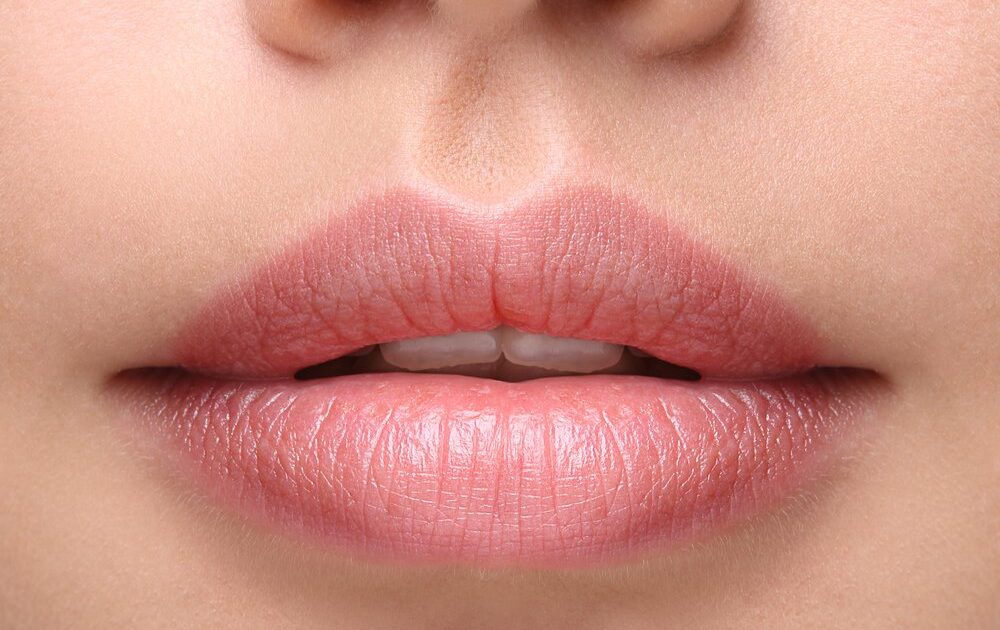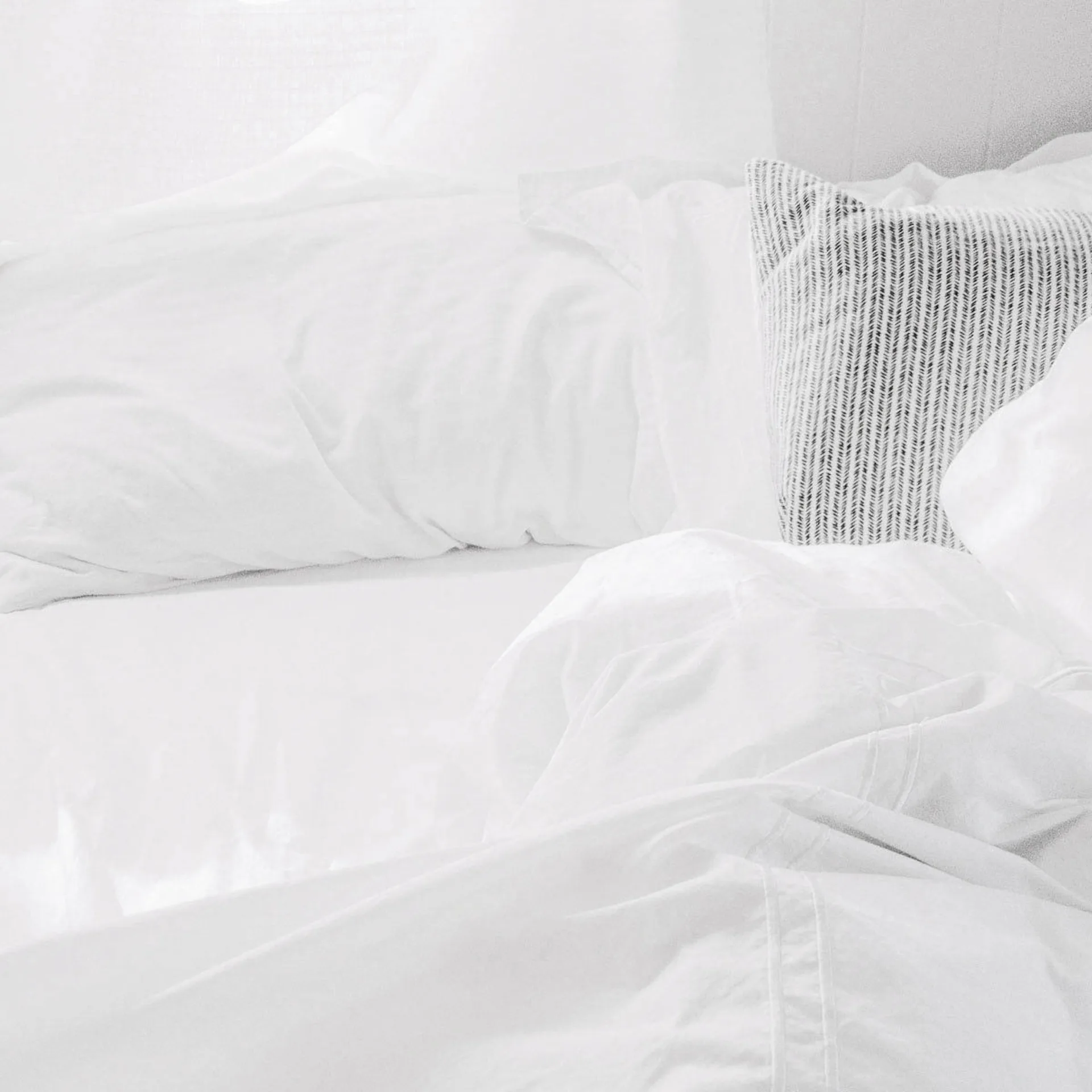7 Natural Ways to the Best Lip Balm Ever, No Petroleum Required

Winter is no friend to your lips. A lack of humidity in the air due to interior heating systems – not to mention frosty winter winds – creates the perfect condition for chapping and cracking. But you don’t have to smear petroleum products all over your mouth to remedy the problem. Looking for nature’s best lip balm? Try these ideas to heal your dry, chapped lips this winter.
The Story of Petroleum Jelly
If you’re using petroleum jelly or another petroleum-based lip product to keep your smoocher soft, you might want to rethink your plan. A derivative of the oil refining process–a thick, black sludge on the bottom of oil rigs–petroleum jelly (aka the main ingredient in Vaseline and most commercial lip balms) was originally discovered in the mid-1800s. A chemical scientist named Robert Chesebrough had been put out of work by the petroleum industry, which had rendered his sperm whale oil business obsolete. He learned how to refine petroleum sludge, making it thinner and lighter by filtering it through crushed, charred animal bones.
Naming his invention “skunk oil,” he traveled through New York, burning himself on purpose to show crowds the healing properties of his product. After a wise change of name, Chesebrough opened the first Vaseline factory in Brooklyn in 1870. Completely convinced of petroleum jelly’s status as a wonder drug, he claimed to have eaten a spoonful of the stuff every day until he died at age 96.
Today, petroleum jelly is considered a medicine cabinet staple by many. But is that really a good idea? In some cases, the components removed from petroleum jelly are carcinogenic. While it immediately makes your skin feel smooth, it doesn’t actually moisturize – it only holds moisture in. Petroleum jelly isn’t recommended for people with acne or rosacea, and it can create major problems if it gets into your lungs. Do you really want to put it on your lips, where you will no doubt end up ingesting some of it?
Finally, as an oil industry byproduct, petroleum jelly is not eco-friendly – it comes from an unsustainable resource.
Natural Tips for Kissable Lips
If you want the best lip balm for your chapped lips, skip the petroleum-based products, and use one of the following natural remedies instead:
- Coconut Butter or Oil – Made up of medium-chain fatty acids, coconut oil is one of the “good” fats that doesn’t increase the level of “bad” cholesterol in the blood stream. It’s been used for millennia in the tropics to keep people’s skin and lips baby-soft.
- Cucumber Slices – Not just for the eyes during fancy spa facials, cucumbers slices are mostly made of water. They’re also packed with vitamin C, while helps stimulate the production of collagen.
- Honey – Honey makes the best lip balm because its viscous properties help it to stick around for a while. It also has natural anti-bacterial properties, great for fending off winter colds. Just be sure you don’t lick the honey off, which will just make your chapped lips worse.
- Sugar – A gentle exfoliation is often necessary to slough off dead skin around your mouth, and sugar does the trick. Make a thick paste of sugar and water, rub it softly around your lips, and rinse off.
- Aloe Vera – With soothing moisture and anti-inflammatory properties, aloe vera is ideal for healing dry lips. Squeeze the gel out from the inside of a fresh aloe vera leaf, and rub it on your lips. Once the gel dries, wash it off.
- Water – Staying hydrated is essential for keeping your lips and body moisturized. If you have ongoing issues with chapped lips, keep track of your water intake for a few days to make sure that you’re drinking as much as you think you are.
- Vitamins – Sometimes, chapped and cracking lips can be caused by a vitamin deficiency. Make sure that you are eating a well-balanced diet.
Related on Organic Authority
4 Aloe Vera Juice Benefits That May Transform Your Health
11 Coconut Oil Recipes That’ll Make You a True Believer
5 Home Remedies for Dry Skin During Winter
Lips image via Shutterstock

